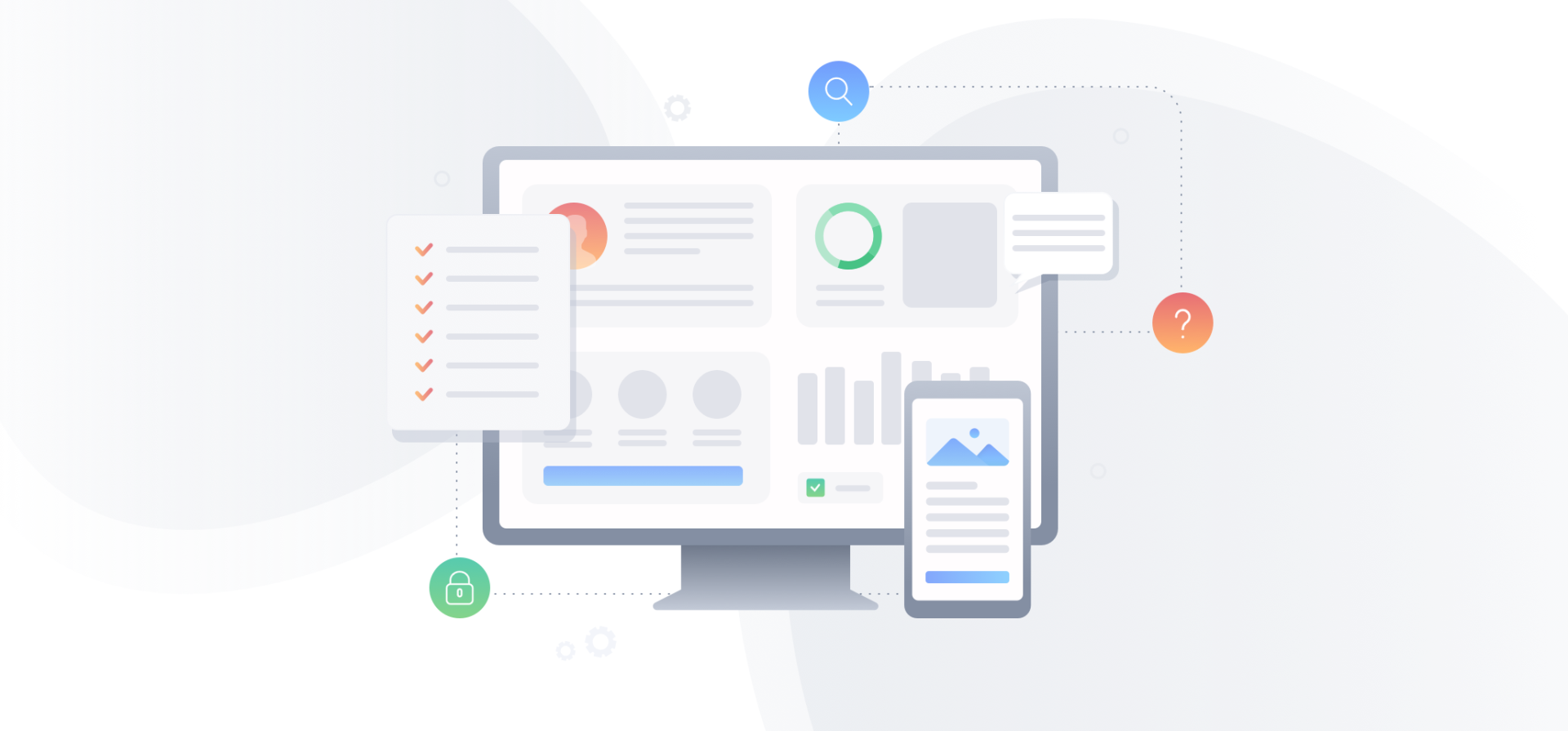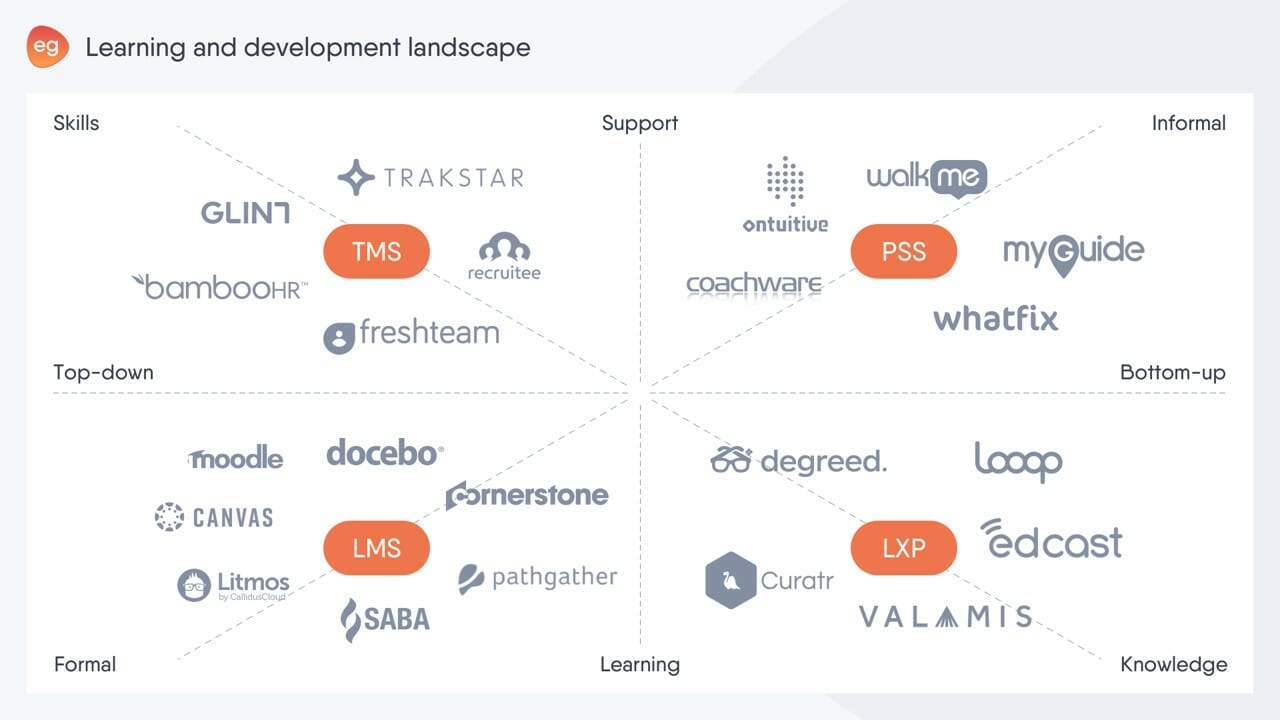How to get meaningful content for your LXP
Many companies are adding a Learning eXperience Platform (LXP) to their suite of e-learning tools. But where do you get relevant content to fill it? We’ll give you a few pointers on how you can find meaningful and effective learning content for your new LXP.

What is a Learning Experience Platform?
A Learning Experience Platform (or LXP) is a platform on which users can find e-learning that is relevant to them. It’s social, personalized, and puts the learner in charge. Learners determine what content to consume and when. This is a bottom-up way of organizing learning.
LXP vs LMS
LXPs and Learning Management Systems (LMS) both contain learning content and both enable learning. So what sets them apart?
You can think of an LMS like a TV: it broadcasts pre-programmed shows. You have to watch the news at 8 pm and a sitcom at 8:30 pm. This is programmed for you by the TV station. An LMS works like a television. The courses (shows) made available to you are determined by L&D department (the station) and you have to follow their lead in taking them. This is a formal top-down learning approach.
An LXP is more like Netflix. It’s a huge platform with lots of options and lets the user decide what to learn. Because it has an algorithm, it learns what learners like and will constantly offer content based on their preferences.

Together, LMSs and LXPs form the bottom half of this learning quadrant.
Best sources of content for your LXP
In order for employees to be able to search and find meaningful content, you need to first fill your LXP with it. After all, Netflix without shows and movies wouldn’t work.
Buy content
Many companies choose to buy learning content (mostly courses) from vendors like LinkedIn Learning, Open Sesame, Udemy, Khan Academy and many others. This off-the-shelf content can help you populate your LXP quickly.
Curate content
All LXPs enable employees to curate content. When you curate content you do not create content but rather you make existing content available for your peers. If you’re not an expert on a specific topic and you start googling or searching your company’s intranet, you’ll get an overwhelming amount of search results. Curation can help you out. Curation in LXPs mostly comes in the form of a playlist or a learning path. The curator is able to share selected content or links that way. But be mindful that proper content curation is more than just sharing links. Learn more about content curation best practices.
Create content
In addition to buying or curating content, employees can also create content themselves. At Easygenerator we call this approach Employee-generated Learning.
Scale your e-learning activities
Discover the power of Employee-Generated Learning and how it can help speed up the circulation of knowledge in your company.
It’s crucial to add your own content to the LXP besides content from external vendors or curated content. Compared to off-the-shelf content, the learning content created by your employees will be a better match for your company. It’s bespoke to your business and your employees’ needs.
Adding the right content to your LXP
Buying an LXP is only the starting point. You need to have valuable learning content in order to launch it successfully. Many companies somply transfer courses (or a selection of small courses) from their LMS to their LXP. Be critical about this: make sure that this content is the right content for this platform.
Make sure you also have at least some Employee-generated content as a starting point – this can include both curated content and newly created content. Approach a few employees before you launch yourLXP so you can plan accordingly. This sample content will help you not only launch your LXP successfully but it will also trigger other employees to follow this example.


